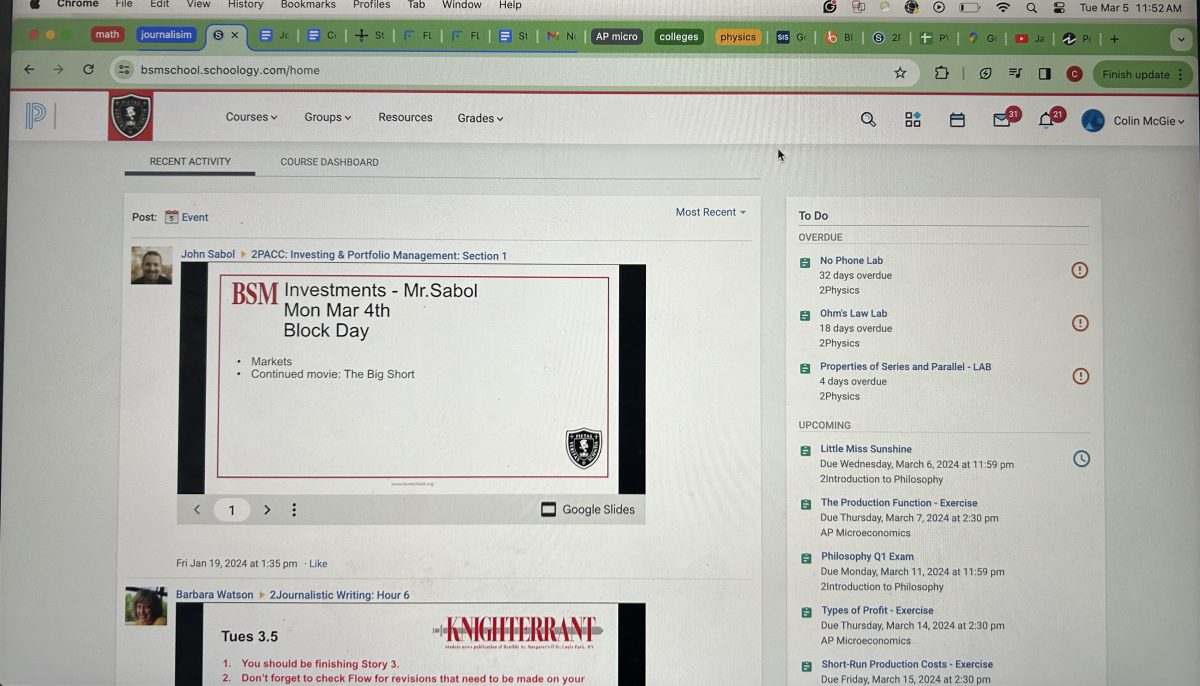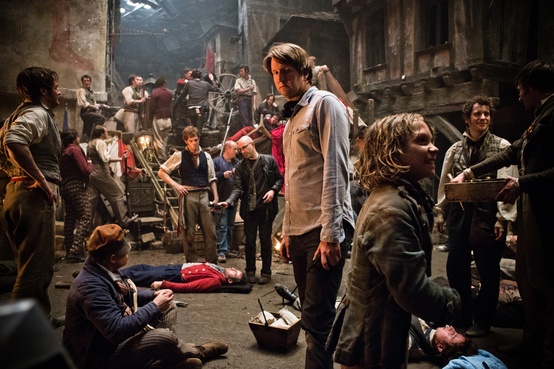One of the most anticipated movies of 2012, “Les Misérables” bursts upon the big screen as the first film adaptation of the popular musical by the same name. A massive, 1000-page novel turned stage musical, “Les Misérables” was written by French author Victor Hugo and dramatized by Alain Boublil and Claude-Michel Schönberg.
Beginning in 1815, it follows ex-con Jean Valjean (Hugh Jackman) as he finds salvation, breaks his parole and devotes himself to God. He adopts Cosette, the child of factory girl-turned-prostitute Fantine (Anne Hathaway), and builds a life for her, all while trying to escape Inspector Javert (Russell Crowe). The story also plunges Valjean into a revolution in Paris, where an adult Cosette (Amanda Seyfried) falls in love with Marius (Eddie Redmayne), a revolutionary. At the same time, he’s sought after by Éponine (Samantha Barks), his lovelorn friend.
The underlying strength behind this film adaptation lies in the fact that it’s just that: a translation from one medium to another, not a literal Broadway musical forced onto the screen. While remaining incredibly true to the musical, a changed song order and lyrics, as well as other liberties, smooth the transition into film––with extra music being written by Schonberg and Herbert Kretzmer, the original English lyricist, acting as a screenwriter.
The special capabilities of film allow for further exploration and clarification of aspects that the musical can’t fully covey. Beautiful cinematography and scenery help differentiate between mountains, towns, cafés, and Paris better than a single stage set, bringing the setting to life in greater detail. Valjean’s new song “Suddenly,” although without the iconism of other songs, describes his fear of becoming a father and keeping Cosette safe from his past.
Even Victor Hugo’s original novel finds itself featured in this production. While the musical doesn’t explain how Valjean takes little Cosette to Paris safely, the movie draws on events from the book, explaining that they find shelter in a convent. A reference can even be found in the elephant statue that street urchin Gavroche first appears out of; in the book, it represents the fall of Napoleon as well as Gavroche’s home.
Unlike previous movie musicals, the cast sang their performances live on set rather than lip-synching to a pre-recorded track, allowing the actors to have much more control emoting the music. Given the movie’s 49 songs––which range from dialogue between characters to deeply personal soliloquies––in comparison to its handful of spoken lines, lip-synching to a recording made months in advance would’ve severely limited the actors choices. The live (and therefore raw) score also adds realism: when Anne Hathaway laments her fall from grace in “I Dreamed a Dream,” her live singing sounds more heartbroken and in-the-moment than any polished studio soundtrack.
Hugh Jackman’s Broadway experience comes through in his commanding presence and powerhouse voice as he brings Jean Valjean to the big screen. Taking the character from hateful con to a pious father figure, and manipulating his voice to convey emotion all the way, Jackman carries the film, constantly bringing importance to Valjean––who could easily be forgotten amongst other storylines. Jackman, as well as the cast in general, fully embraces the role, making the audience forget the actor and see only the character.
Anne Hathaway also turns a character with little screen time into the movie’s standout performance. As Fantine, a single mother fired from Valjean’s factory and forced to sell herself to support her child, Hathaway charges every expression and note with fierce, heartbreaking emotion. Her pinnacle moment, “I Dreamed a Dream,” comes as a close-up, taken in one shot, that beautifully captures Fantine’s entire range of feeling in three minutes.
The material of “Les Misérables” demands considerable vocal talent, and the cast largely delivered in their performances. Samantha Barks, a veteran of the stage musical in her film debut, brings a streetwise, lovesick charm to Éponine while powerfully belting out “On My Own,” an iconic anthem of unrequited love. Eddie Redmayne, who had no professional singing experience, carries his solos convincingly and with emotion, particularly “Empty Chairs at Empty Tables.” Classically-trained Amanda Seyfried, as Cosette, also hits her high notes with a sweet, if not technically perfect, sound.
The only weak player––partially due to being surrounded by an exemplary ensemble––is Russell Crowe as the stoic but morally-confused Inspector Javert. While Crowe hits his notes and keeps a stony face, he doesn’t seem to fully explore the richness of his three-dimensional character or play around with his several solos. Although by no means a “bad” performance, Crowe is simply adequate, and different acting choices or another actor could’ve made Javert a standout character.
This adaptation of “Les Misérables” provides for both fans of the musical and those who’ve never seen it before. The film’s clear visuals and lyrics are more easily understandable than on stage: clarifying characters, motives, and events more fully for the audience. The delightful performances of Sacha Baron Cohen and Helena Bonham Carter as young Cosette’s wickedly funny guardians, the Thénardiers, help lighten the emotional tone in heavy moments. The movie is not oversimplified though––insinuations about France’s fall from its republic, more emphasis on the poor, and cameos by famous Les Mis cast members all make appearances. There’s something to see even for those who’ve exhausted the musical.
Living up to the hype, “Les Misérables” captures the Broadway musical’s classic story of the triumph of love while still reinventing it for the screen. Both veterans and newcomers alike will find plenty to enjoy, making the movie not only a success with critics, but the audience as well.












































